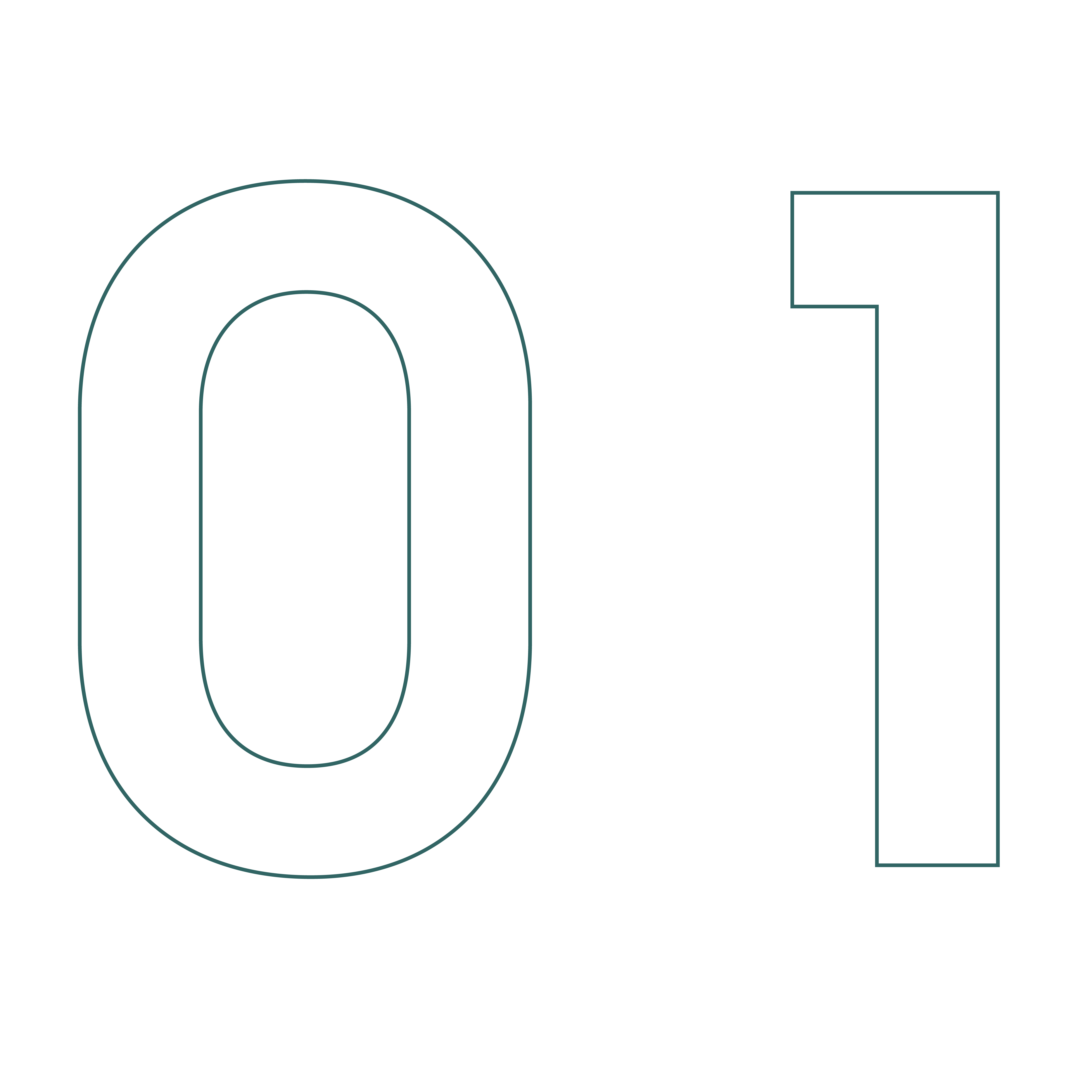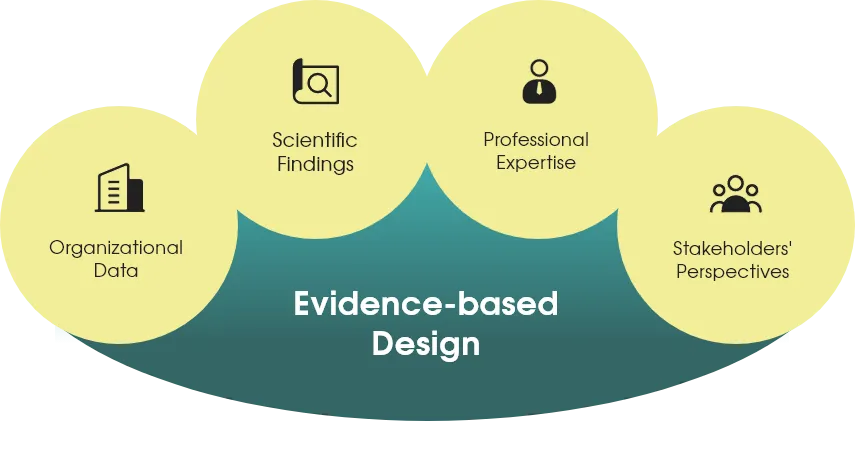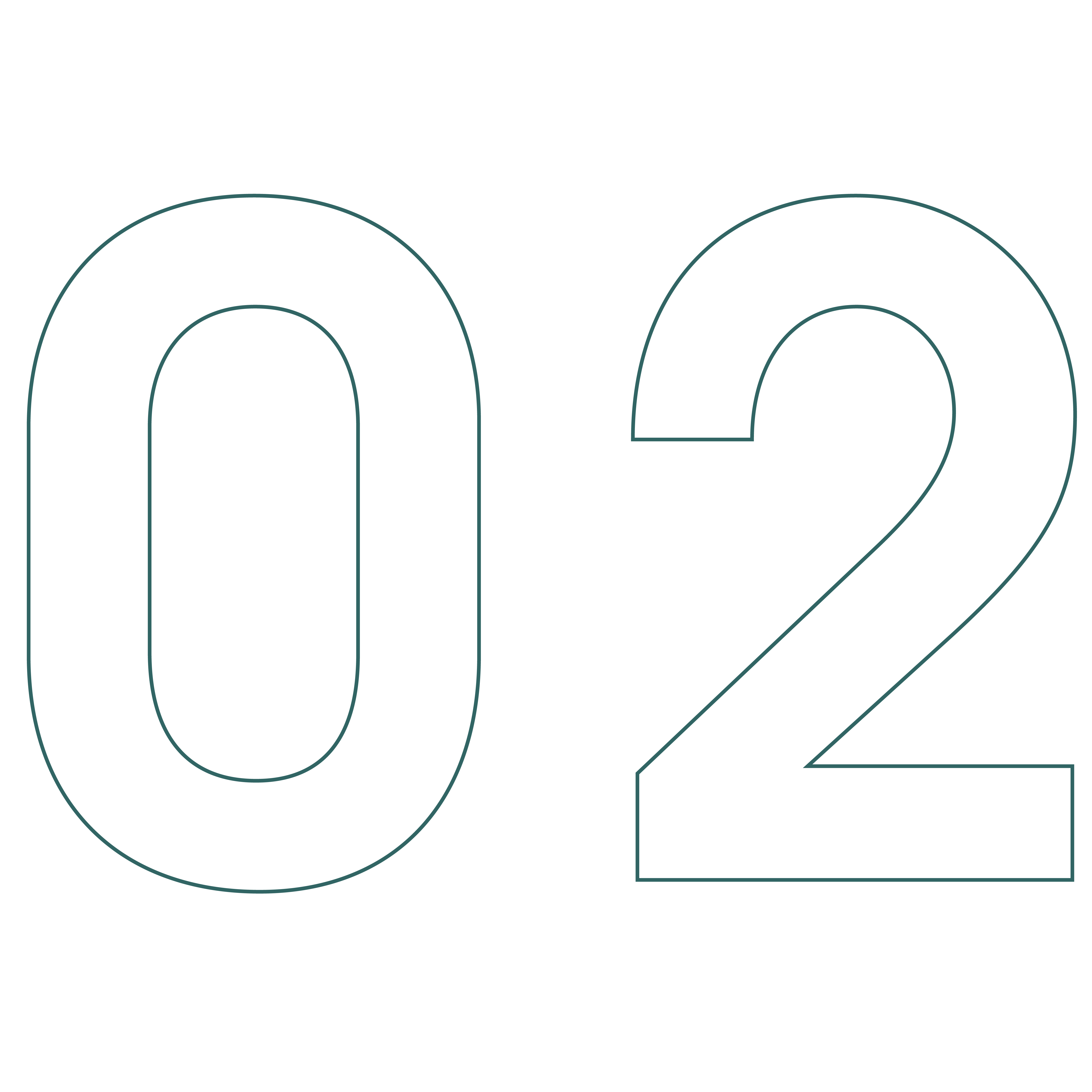01
Scientific Findings
This includes insights from searching the latest literature in relevant disciplines such as human-centered design, environmental psychology, workplace design, and organizational psychology and management.
It is easy to fall into the trap of assuming that we already know what a successful workplace would look like. However, this is far beyond the truth.
Each organization has its own story and aspirations and thus deserves a workplace that resonates with its unique nature and specific objectives.
An impactful workplace design is not pre-determined by current trends and what other successful workplaces have already done.
A successful design is context specific. It resonates with the particular nature of the organization and its unique set of objectives.
Therefore, we do not follow the typical design process at Adze Designs. Instead, our design process is informed by evidence, driven by inquiry, and developed by collaboration.


We seek multiple sources of information to understand better our clients’ specific context – their organizations and people – and propose informed design decisions. By aggregating and triangulating data we obtain from the various sources, we aim to overcome any potential biases or limitations in any of the sources. The main sources of evidence we rely on are: of the situation. For instance:
01
This includes insights from searching the latest literature in relevant disciplines such as human-centered design, environmental psychology, workplace design, and organizational psychology and management.
02
This includes information collected from our fieldwork with relevant stakeholders, such as managers and employees, where each stakeholder identifies their priorities and concerns for the success of the project.
03
This includes input received from the client on aspects such as their organizational needs, nature of the industry, future expansion and aspirations, management style, workflow, and corporate values and culture.
04
This includes insights acquired from our experience in the field of workplace design, such as recommending best practices, advising on industry standards, and evaluating the applicability, practicality, and viability of possible solutions.


We are driven by inquiry to generate guidelines that govern the design process. We use a combination of qualitative and quantitative data collection and analysis techniques. Our mixed research tools allow us to get a more comprehensive and nuanced understanding of the situation. For instance:
01
This inquiry allows us to observe and get insights into how users interact in their real-life environment. We use non-participant observations, behavior mapping, photographic recordings, interviews, and interactive focus groups to collect this type of data.


02
This inquiry allows us to systematically gather quantifiable data and identify tendencies. We use surveys, structured interviews, and online questionnaires sent out to employees of the organization to collect this type of data.

We believe that design is a collaborative process. Our clients are actively involved in the design process. We work together in iterative cycles to create the design. We begin with our clients by building a shared understanding of the situation and identifying our objectives and possible directions to move ahead. This step is essential to ensure everyone involved in the project is on the same page. We then move into developing the design. In this context, the design evolves through feedback loops and in an explicit manner. This process makes the design responsive to changes or uncertainties that may occur as the project progresses. This collaborative process aims to produce an impactful design that resonates with each organization’s conditions.
